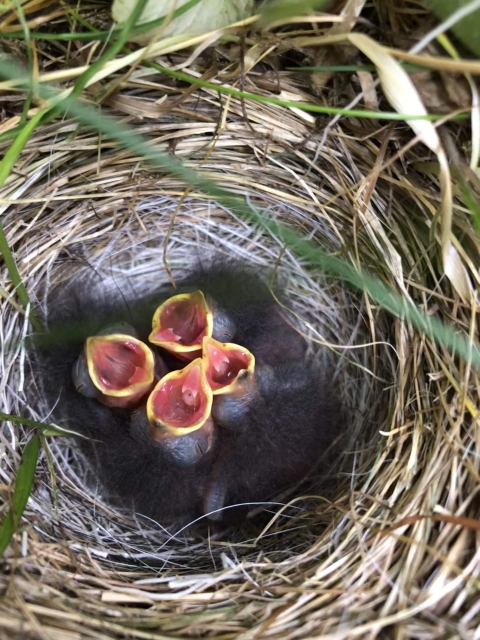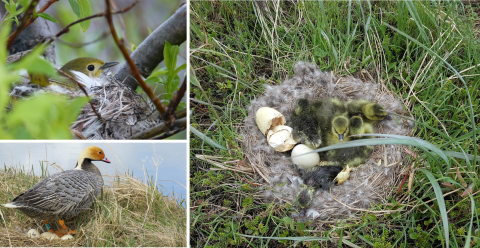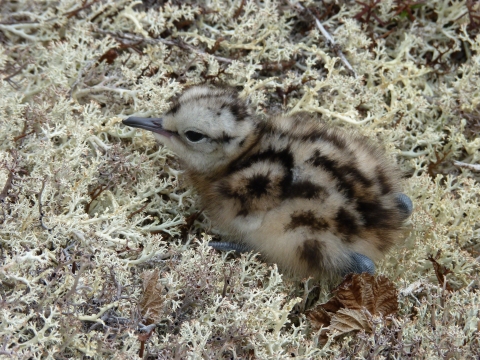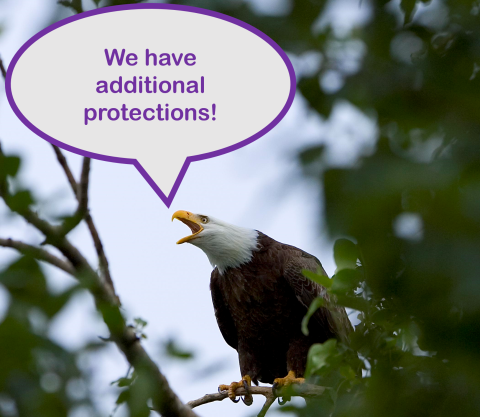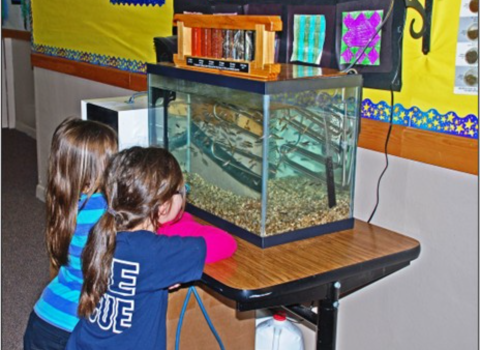Big birds, small birds, tall birds…Alaska welcomes them all in the summer months. Flocks of birds and solo flyers converge on the state from across the world. People follow right behind them to gawk in admiration.
Policy 101: The Migratory Bird Treaty Act
The United States has been prioritizing bird conservation since as early as 1918, with the establishment of the Migratory Bird Treaty Act. It aims to keep our bird populations healthy and forbids the “take” “take”
The term “take” means to harass, harm, pursue, hunt, shoot, wound, kill, trap, capture, or collect, or to attempt to engage in any such conduct.
Learn more about “take” (hunting, shooting, harming, capturing, etc.) of migratory birds and their nests, unless permitted by regulations.
The U.S. Fish and Wildlife Service (Service) works with the public, industries, and state and federal agencies to help protect migratory birds across the nation. We all play a part in bird conservation!
🎵 Let’s talk about…breeding, baby 🎵
Birds are most vulnerable to human impacts during the breeding and nesting season. You might not realize it, but a lot of everyday activities could affect birds, such as:
- 🪓Clearing vegetation (cutting down dead or live trees or clearing brush)
- 🔥 Burning piles of vegetation or prescribed burns
- 🎤 Making loud noises
- 🚚 Mowing, driving over vegetation, and disturbing the ground
Consider how the following birds might react if these activities occurred near their nests:
Avoid harming Alaska’s beloved breeding birds by performing vegetation clearing and ground disturbing activities OUTSIDE of the bird nesting season.
Do you know the bird nesting season for your area? 🐣
- Southeast Alaska: April 15-July 15
- Southcentral and Interior Alaska: May 1-July 15
- Seward Peninsula: May 1-July 20
- Northern Alaska June 1-July 30
These are general guidelines for Alaska. Some birds can nest earlier, or later! Explore the nuances in bird nesting times.
Simple Steps to Protect Birds
We work to address impacts to birds at local, regional, and national levels. Feeling motivated to protect birds too? Take these steps:
- Grow Native Plants. 🌱 Provide birds shelter and food by reducing lawn space and increasing the number of native plants in your yard. These plants will help pollinators to. Learn what to plant in your region.
- Keep Cats Indoors. 🐈 House cats are the #1 threat to wild birds. They are estimated to kill more than 2.4 billion birds a year in the U.S. and Canada.
- Make Windows Safer. 🏨 We have all heard that dreaded “thunk!” when a bird hits a window. Install screens, create window murals, or use stickers to prevent collisions.
- Reduce Plastic Use. ♻️ Seabirds mistake plastics for food in the ocean. Commit to using reusable bags, fillable water bottles, and overall reducing plastics purchased.
- Share Bird Observations. 👀 Learn more about birds in your area and help scientists by reporting what you see. Free tools like eBird, iNaturalist, and Project Feeder Watch make sharing simple.
Learn more simple steps to protect birds.
And let’s not forget about those needy eagles…🦅
Did you know that bald and golden eagles have additional protections through the Bald and Golden Eagle Protection Act? If you plan to do work outside, you should know if there are eagles nesting in the area. If you think there is an eagle nest around your worksite, we recommend you reach out to us at the Service. Visit our website to learn more.
Further reading: Have you ever encountered a bird that looked confused or injured? Did you not know what to do? Visit our Frequently Asked Questions page.
In Alaska we are shared stewards of world renowned natural resources and our nation’s last true wild places. Our hope is that each generation has the opportunity to live with, live from, discover and enjoy the wildness of this awe-inspiring land and the people who love and depend on it.


